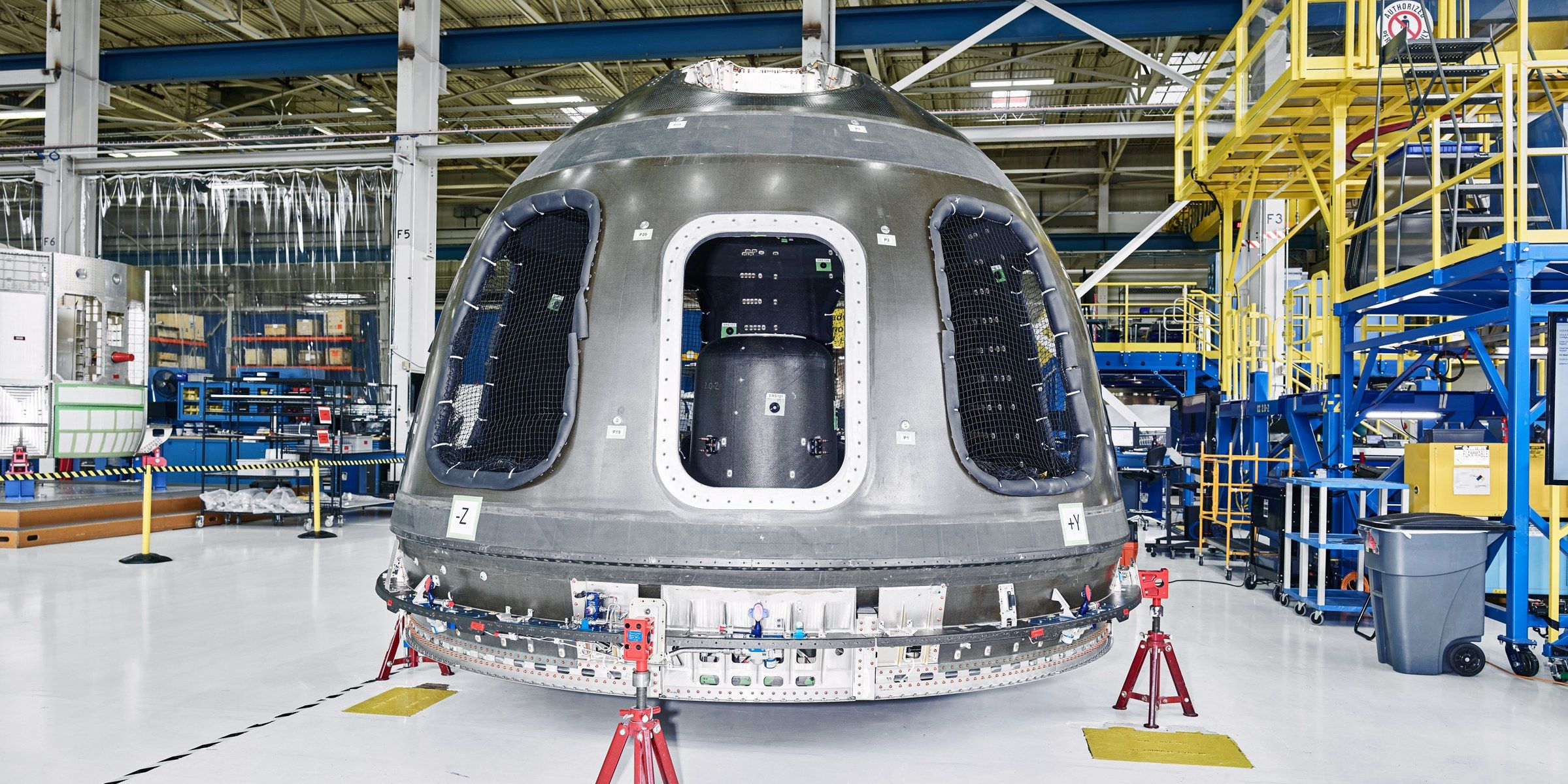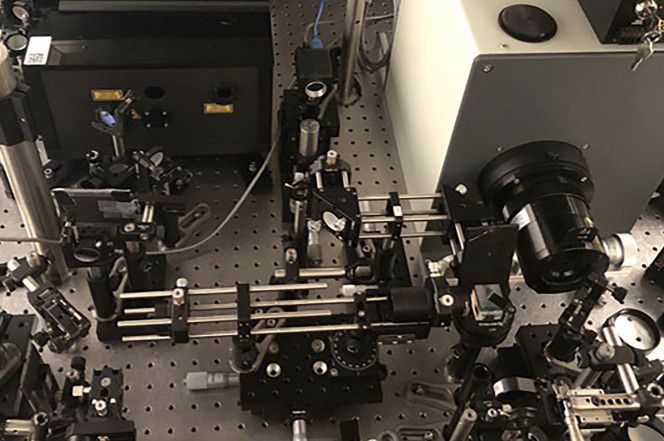Scientists at TU Wien, the University of Innsbruck and the ÖAW have for the first time demonstrated a wave effect that can lead to measurement errors in the optical position estimation of objects. The work now published in Nature Physics could have consequences for optical microscopy and optical astronomy, but could also play a role in position measurements using sound, radar, or gravitational waves.
With modern optical imaging techniques, the position of objects can be measured with a precision that reaches a few nanometers. These techniques are used in the laboratory, for example, to determine the position of atoms in quantum experiments.
“We want to know the position of our quantum bits very precisely so that we can manipulate and measure them with laser beams,” explains Gabriel Araneda from the Department of Experimental Physics at the University of Innsbruck.






